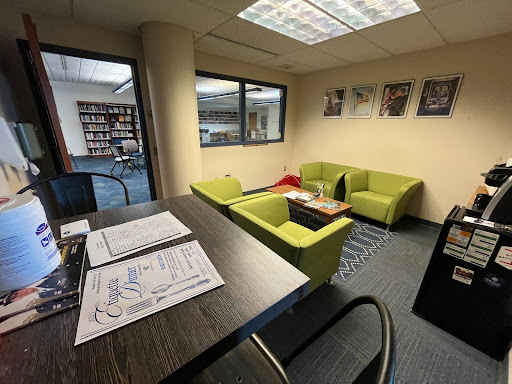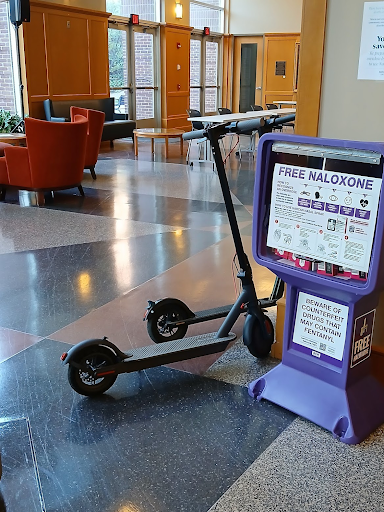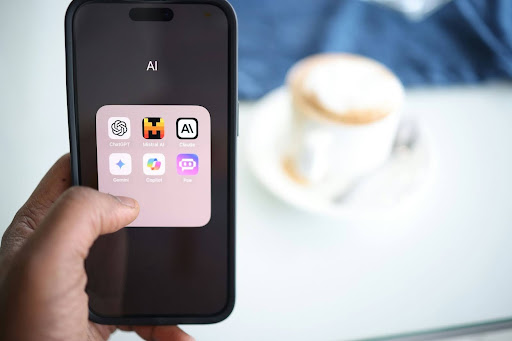
As a part of its wider initiatives for institutional growth, Moravian plans to formally launch its Center for Teaching and Learning Innovation before the Fall 2025 semester.
According to Provost and Vice President for Academic Affairs Carol Traupman-Carr, this new center will be primarily oriented towards helping faculty enhance teaching practices and pedagogy, effectively integrate technology into the classroom, and provide a more inclusive education for all students.
Currently, most higher education institutions have some form of a center of teaching and learning on their campuses. The learning center at Moravian existed in several capacities in the past, with each iteration being led by faculty co-chairs, according to Traupman-Carr.
From the beginning, the center has always focused on improving teaching to enhance student learning and success. In the last two years, the center has been stagnant in its progress to affect teaching and learning.
To change this, Moravian committed to hiring a dean and staff to run the center full-time. Moravian’s administration hopes this commitment will help reboot the center and give it more support to pursue its educational goals.
Additionally, Moravian added the word “innovation” to the center to encourage faculty to take innovating their teaching and classroom seriously.
With the construction of the new HUB and the influx of larger undergraduate classes, the improvement of the educational experience in the classroom grows ever more important. The center’s first focus will be supporting the faculty.
“The need to provide faculty with professional development opportunities in-house to help with the increasingly diverse needs of our students has never been greater,” said Traupman-Carr.
The center is designed to serve traditional undergraduates as well as non-traditional students, such as part-time, military, online, and graduate students.
“It’s a principle that we call universal design,” Traupman-Carr explained.
However, this design principle is often easier said than done.
“Inclusive teaching means being responsive to those individual differences, meeting the students where they’re at, but we also have to be accountable to consistently high standards,” said Robert Brill, associate professor of psychology.
The course objectives are likely to change over time due to evolving industry demands and institutional goals. Combined with the constant pursuit of efficiency in education, the goal of an inclusive education is made more complex to answer. To combat these challenges, the center will work to deliberate with faculty on how to both best reach educational goals and innovate when it is called for.
To effectively create an inclusive education, the center plans to foster collaboration and discussion among faculty and students across disciplines. The center will provide workshops, panel discussions, focus groups, and brown bag lunches for faculty professional development.
At the same time, the center and new dean will work to keep up with emerging trends in best teaching practices and learning with technology. Along with supporting faculty, the center will work with different offices involved with student success, like the quantitative resource center and student advising services.
More specifically, one of the responsibilities of the center’s dean will be to teach one or two courses per year related to student success, first-year programs, or something within their discipline. The center itself will also provide faculty with a classroom to experiment with classroom technology and educational software.
While the center initially won’t have a physical presence on campus until the hub is completed, it will be involved in new faculty orientation and part of the overall transition into the new academic year.
The center will be located in Reeves Library, where the Student Veterans Office is currently.
This location was chosen because the center will be close to the IT Help desk, technology offices, and librarians. The center’s location was designed in order to create a sense of collaboration and community between the academic resources of the library and the technology capabilities of software and the classroom.







